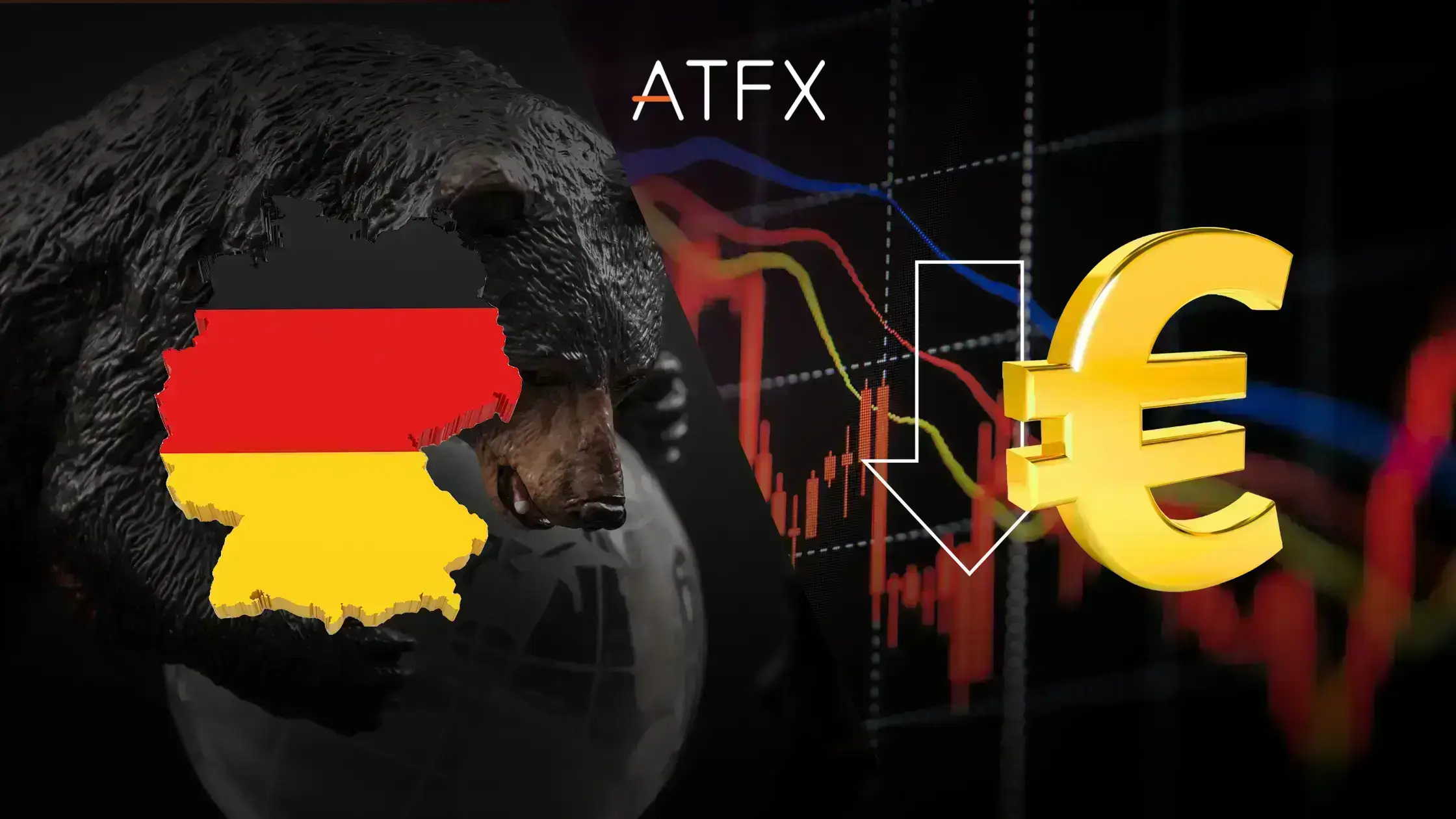NZDUSD has started the week on a strong bearish trend. The pair lost over 105.5 pips from its opening price this week at $0.6453 to the current low at $0.6348 seen during the Asian session today. The bears are slowing down in their dominance as the market awaits the monetary policy committee statement today. The Reserve Bank of New Zealand (RBNZ) raised its interest rate to 2.5% after a 50-basis points hike in July. This marked the third consecutive interest rate hike since April 2022.
The RBNZ further revealed that it would continue with its interest rate hikes during its next session should the rising inflation rate persist. It intends to bring the interest rate to 4% by 2023.
The RBNZ stated it would remain appropriate to continue hiking the interest rate to restore price stability and support maximum sustainable employment.
The concern about hiking the interest rate increased so much in June, with the NZ inflation rate rising to 7.30% annual during the second quarter of June, marking the highest level since the second quarter of 1990.
This has pushed the RBNZ into taking more aggressive actions toward controlling its inflation rate by hiking the interest rates.
Amidst the drive towards hiking the interest rate, another important consideration that may slow down the pace is the rising unemployment rate. The NZ unemployment rate rose to fall to 3.3% in Q2 against the previous record of 3.2% in Q1. Here analysts tend to question the capability of the labour market to withstand a further interest rate hike. Against these speculations, the RBNZ believed the labour market is strong enough beyond the maximum sustainable level and can withstand further interest rate hikes.
Nevertheless, the RBNZ will be expected to hike its interest rate again during their session tonight. This will mark the fourth consecutive hiking since it started hiking the interest rate in October last year in the quest to control inflations.
While many predict a repetition of the 50-basis point interest rate hike in June, others foresee a slowdown due to the gradual easing of the global inflation rate.
The NZ Producer Price Index (PPI) q/q reports both the input and output of an economy and is an important indicator. It holds significant influence and will be released today before the committee’s session tonight.
The PPI Input q/q measures the change in the prices of goods and raw materials purchased by manufacturers. An increase in the prices of goods utilised in production often leads to higher output prices, affecting its CPI.
The PPI q/q output measures the changes in the producers’ price of goods and services. Higher readings from the PPI output point to persistent inflation. The forecast for this data is 1.9%, while the previous record was 2.6%.
What impact will the monetary policy committee statement have on NZDUSD?
The RBNZ monetary policy committee will hold a crucial meeting tonight to discuss the new monetary policies to revive the weak NZD.
Given the growing concerns over the rising inflation rate in the country, the committee would be expected to hike the interest rate once again by at least 50 basis points bringing its interest rate to 3%. Hiking the interest rate by at least 50 basis points or more would boost the NZD, offering it more strength to rise against the dollar. This means we can expect a bullish takeover for NZDUSD.
On the contrary, failure to deliver the desired interest rate hike of 50 basis points will turn investors opposed to the NZD. This means we can anticipate more downside for this pair. The next direction for this pair will largely depend on the decision of the committee tonight.
Forecast for NZDUSD
The strong dollar strength currently holds down NZDUSD after the dollar index rose to 106.5 yesterday and remained at this level till the present moment. Increasing dollar strength often militates against the strength of other currencies.
Hence, the only hope for the recovery of NZDUSD today will largely depend on an aggressive interest rate hike by the RBNZ and an easing of the dollar index. These two factors will be the fundamental factors driving the price of NZDUSD to its previous high of $0.646 recorded last week. Without the two factors, the price may continue its downward trend up to the support at $0.6285.
If only one of the two factors is seen, then a short relief bounce would be possible towards the midpoint at $0.6428, marking the SMA100 for this pair.


